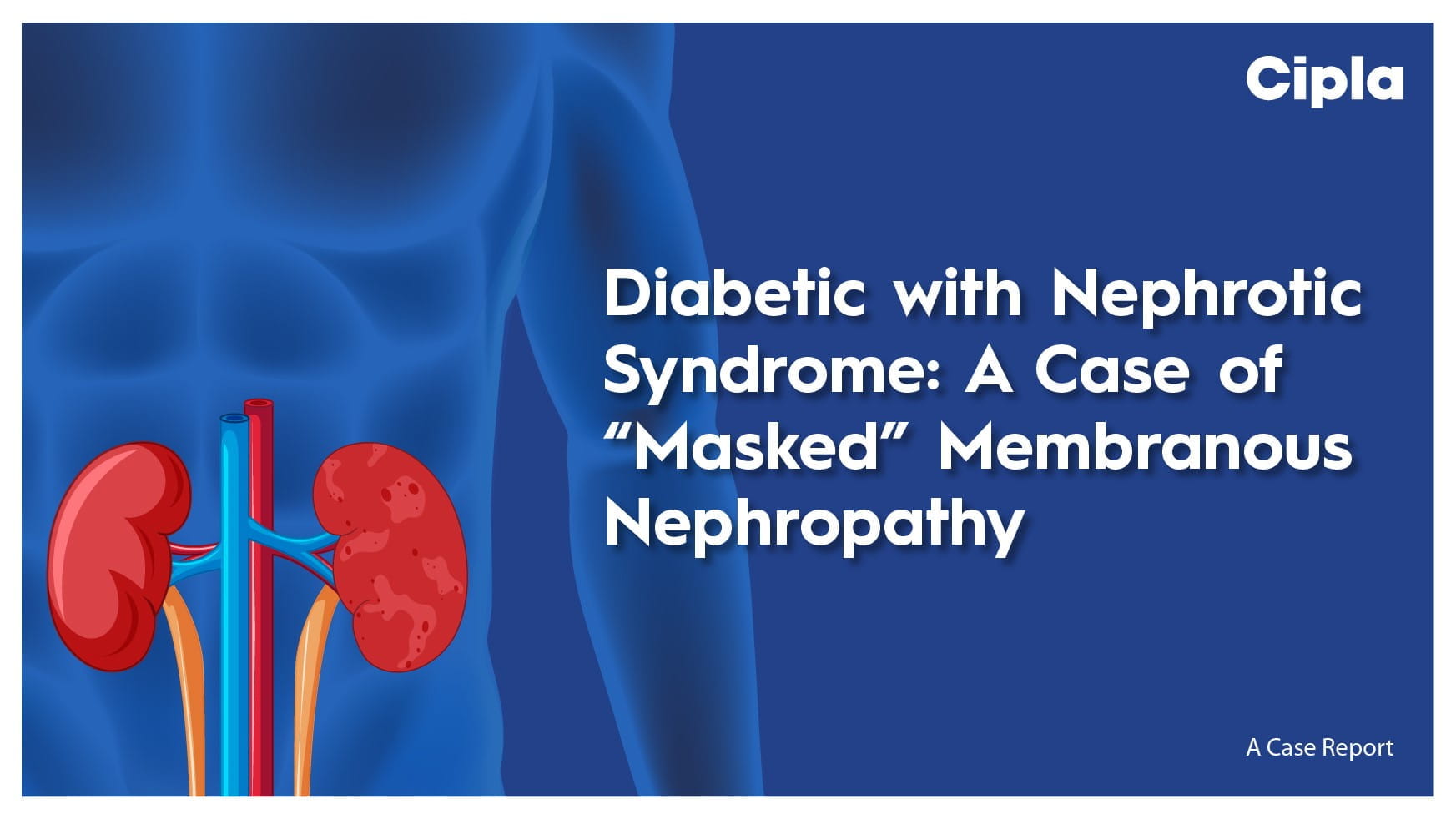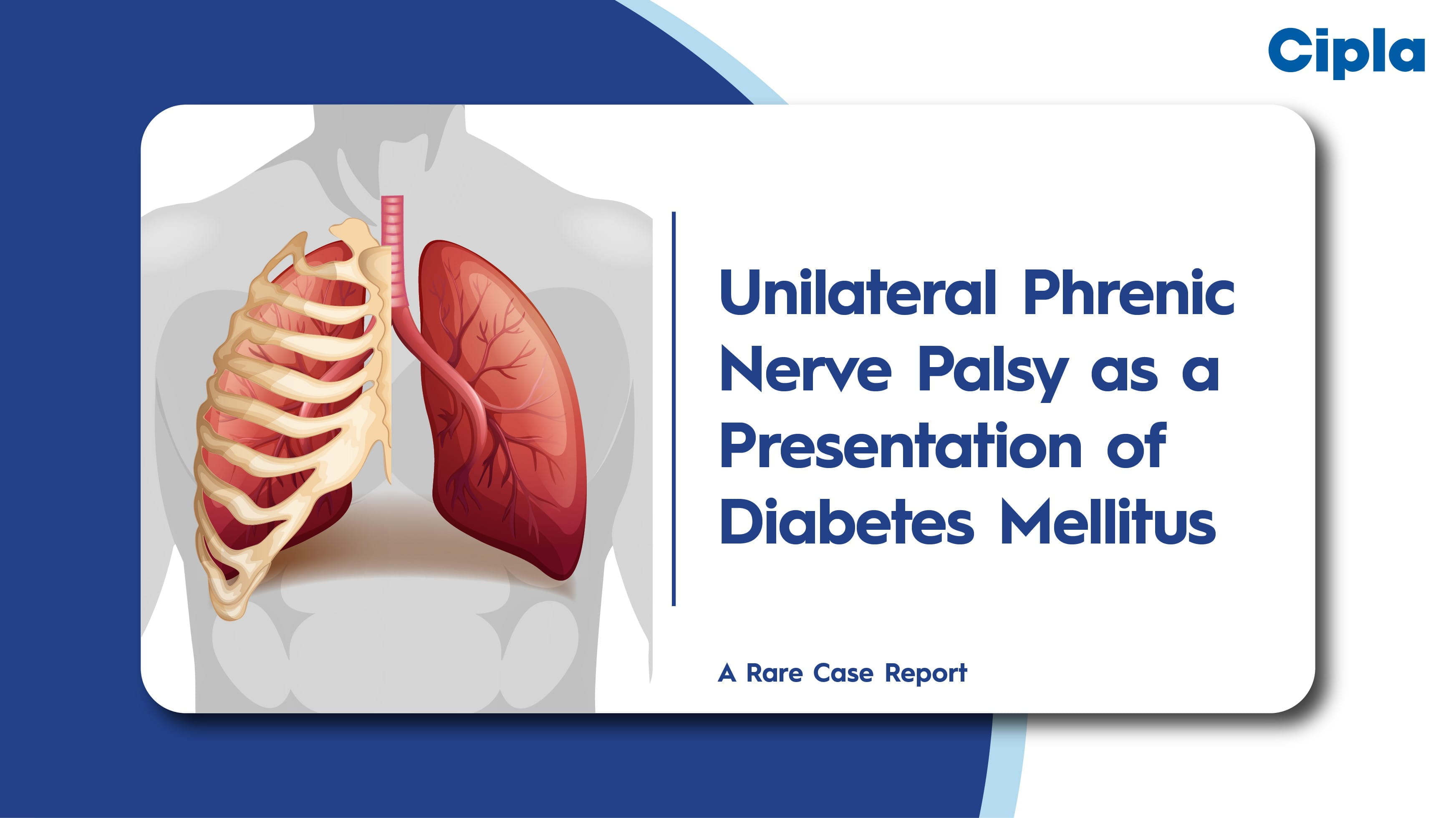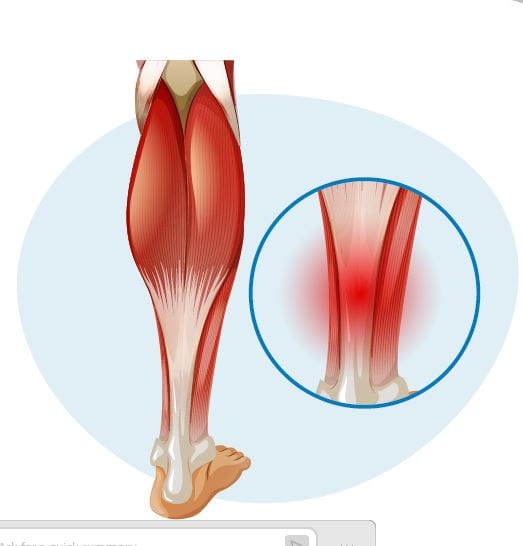Introduction:
Obesity sharply raises the likelihood of several comorbidities, with type 2 diabetes (T2D) among the most strongly linked. Two metabolic cytokines—growth differentiation factor 15 (GDF-15) and fibroblast growth factor 21 (FGF-21)—are of particular interest: higher GDF-15 is tied to reduced food intake, while elevated FGF-21 promotes greater energy expenditure. Together, these effects make both molecules attractive therapeutic targets for obesity and its complications. This study investigates how circulating GDF-15 and FGF-21 levels correlate with obesity, T2D, and age.
Methods:
- Serum samples from 405 participants with mean age of 47 ± 13 years (range 21 to 70) were included in the following categories:
- Normal weight, normoglycemia: 33
- Obesity, normoglycemia: 156
- Obesity, impaired glucose tolerance (IGT): 157
- Obesity, type 2 diabetes (T2D): 59
- Serum concentrations of GDF15, FGF21, adipokines (leptin and adiponectin), and other cardiometabolic risk factors were assessed for their association with obesity, T2D, and aging following an analysis of the same.
Results:
The following table shows the results of the comparisons made across all the groups:
|
Parameter |
Obesity vs. Normal |
IGT vs. Normal |
T2D vs. Normal |
Correlations |
AUC for Detecting T2D* |
|
GDF-15 |
Significantly elevated (P < 0.001) |
Further elevated (P < 0.001) |
Further elevated (P < 0.001) |
Age r = 0.55 (P < 0.001)** Glucose 2 h r = 0.30 (P < 0.001) Insulin r = 0.16 (P < 0.01) |
GDF-15 / Adiponectin = 0.779 |
|
FGF-21 |
Significantly elevated (P < 0.05) |
Further elevated (P < 0.001) |
Further elevated (P < 0.001) |
Age r = 0.15 (P < 0.01) Glucose 2 h r = 0.46 (P < 0.001) ** Insulin r = 0.27 (P < 0.001) ** |
FGF-21 / Adiponectin = 0.807 |
* The FGF21/adiponectin and GDF15/adiponectin ratios were identified as effective biomarkers for detecting T2D.
** stronger correlations vs comparator
Conclusion:
It was concluded that circulating GDF 15 concentrations are more strongly associated with aging, and FGF21 levels are more closely related to glycaemic status. The FGF 21/adiponectin ratio has shown to be a novel and effective biomarker for predicting the presence of T2D.
ECO, 11-14 May 2025, Malaga, Spain




